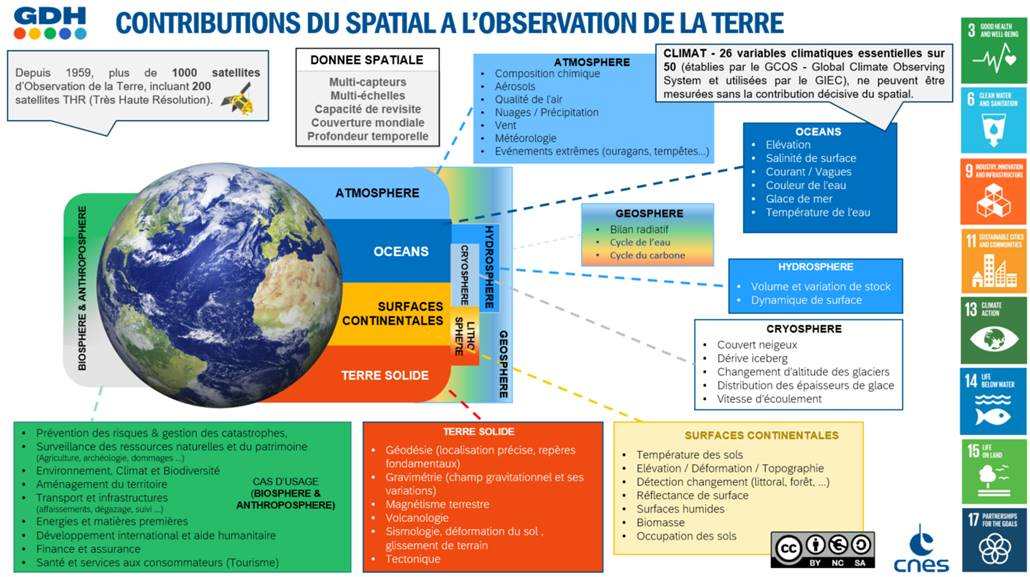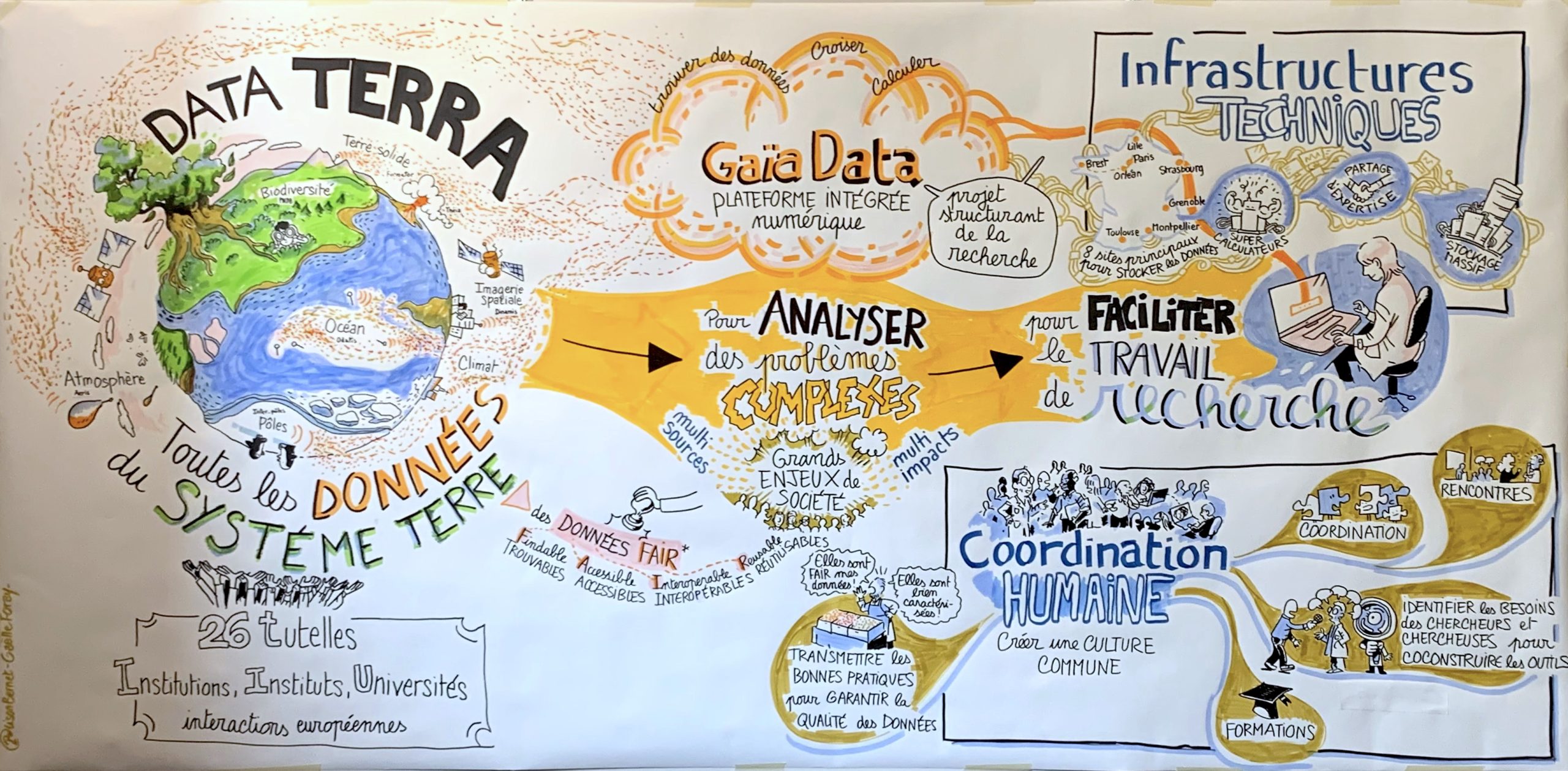Artificial snow accumulation detected from space
People often ask if we can detect artificial snow in satellite images. It’s not so easy except when the surrounding slopes are totally snow-free…
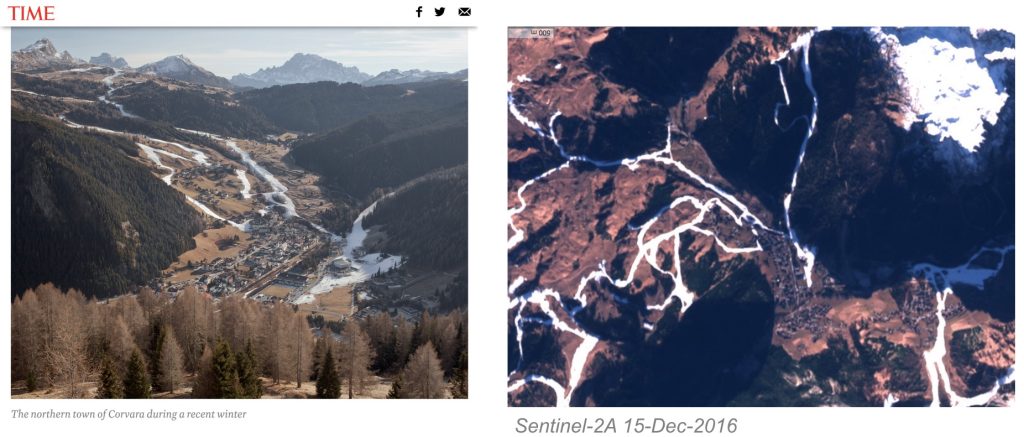
But recently, I noticed some anomalous snow accumulations patterns in one of my satellite-derived snow depth maps near Super Barèges ski resort (Pyrenees). I made this snow depth map from a pair of Pléiades stereo images acquired on 16-Mar-2021 (to know more about the method see Marti et al. 2016; Deschamps-Berger et al. 2020).
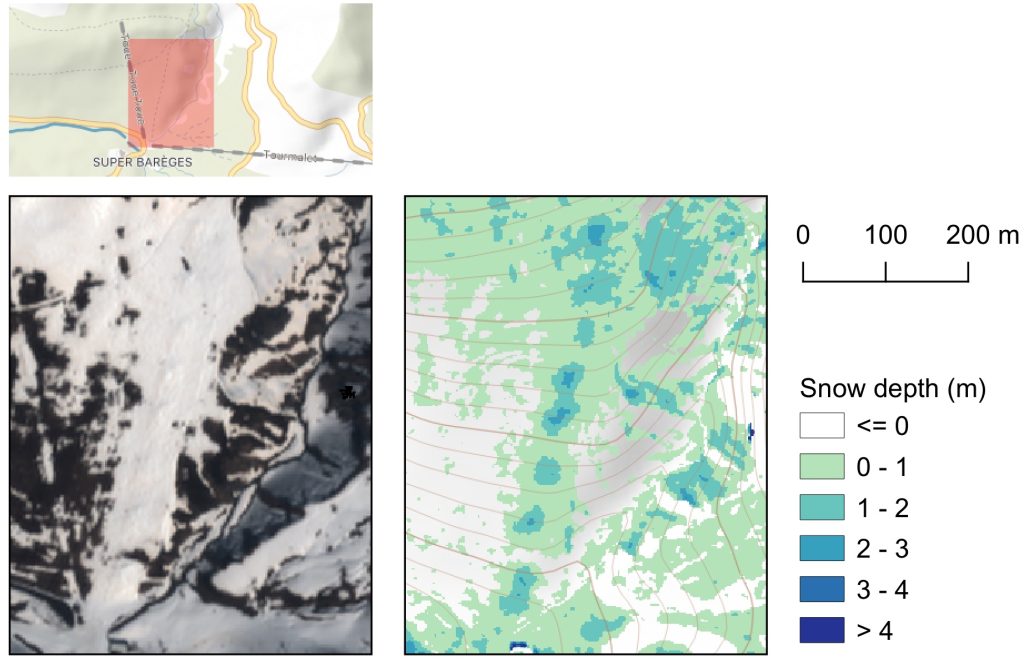
The little snow mounds are located on the Toue ski slope. By looking closely on Google Maps, I noticed that this slope is equipped with snow cannons precisely located near these little mounds… Hence we see here artificial snow accumulation. To my knowledge, this is the first time that artificial snow depth is spotted from space!
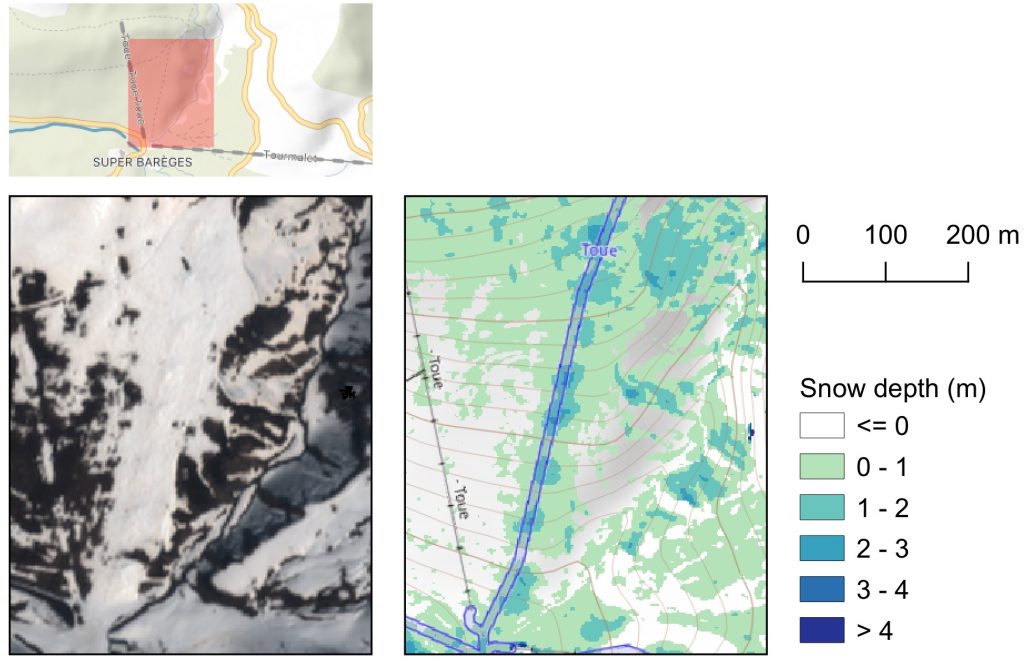
That year the ski resorts were closed because of the Covid-19. But the ski resort managers had the snow cannons running anyway as the decision was made quite late by the government. The accumulated snow remained there the whole winter as snow groomers were not used to spread it on the slopes.
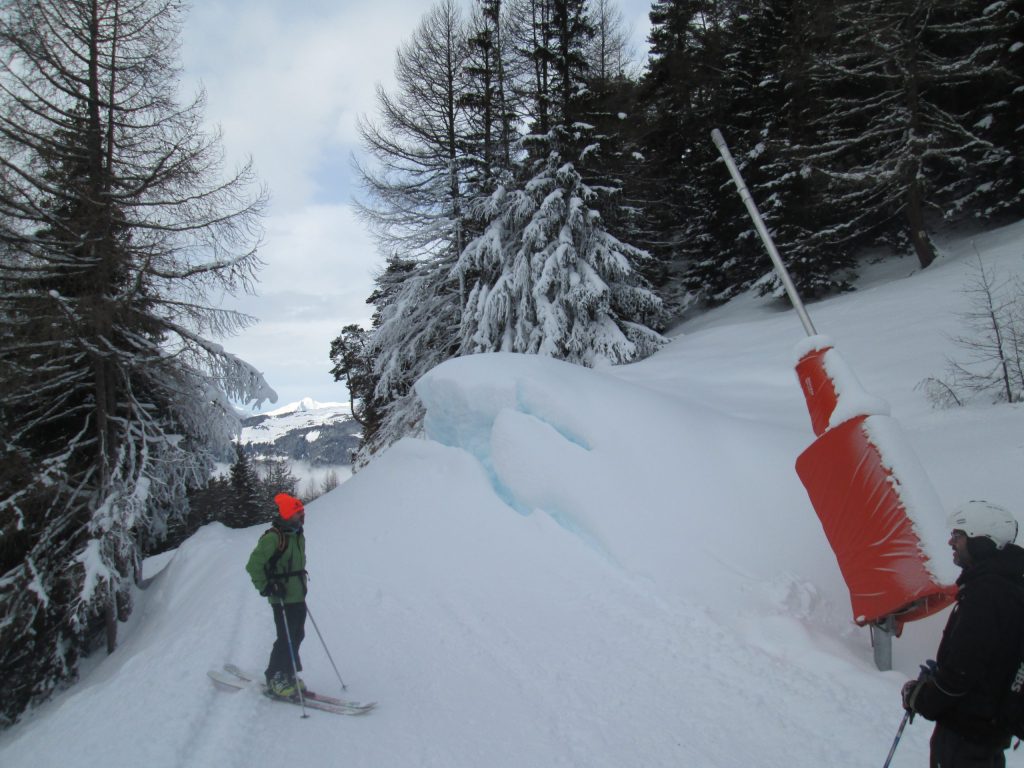
PS. There is another way to spot artificial snow even if your eyes can’t see it..



